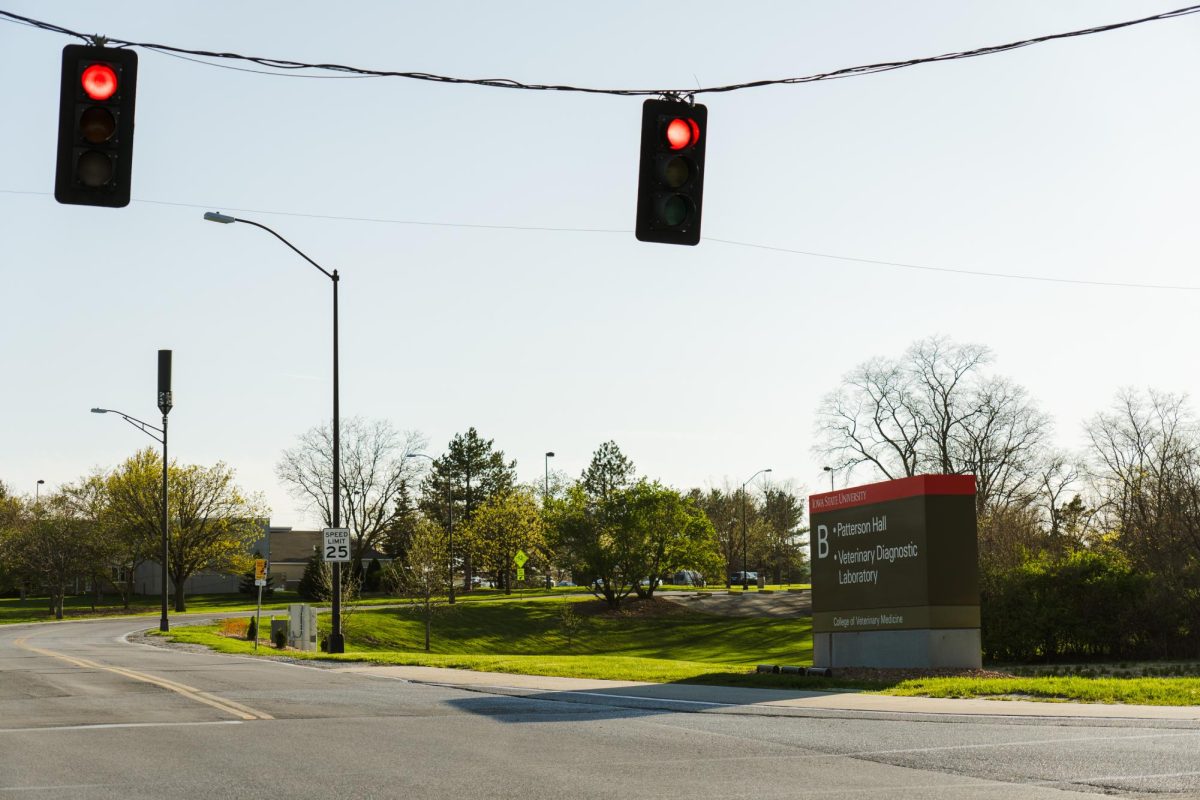Architecture program ninth in the nation
August 31, 2012
For Dan Siroky, the path to becoming an architect began with Lego blocks.
Siroky, senior in architecture, is one of 306 undergraduates studying architecture at Iowa State. DesignIntelligence, a bimonthly magazine for leaders in design and construction, recently included Iowa State’s architecture program in its annual report of “America’s Best Architecture and Design Schools 2012.”
DesignIntelligence contacted more than 300 organizations and firms with experience with hiring recent graduates. The firms were asked which schools, in the past five years, did the best in preparing their students for the profession. Iowa State’s College of Design placed ninth in the nation and first in the Midwest for its outstanding excellent in architecture education.
A large part of the preparation came from the professors. The architecture program has a diverse collection, with faculty from around the world including: South Korea, Germany, China and Uruguay.
“How some of these individuals ended up in Iowa, I’ll never know, but the faculty is the biggest reason why we find ourselves among the top ten programs year after year,” said Jill Maltby, junior in architecture.
“They make it known that we don’t produce for them, but for ourselves as we develop our skills for the professional world.”
Siroky said professors demand a lot out of their students, but for good reason.
“I learn the most from the professors that challenge us the most and ask why we made every decision,” Siroky said.
The demand for excellence in the program takes dedication and good time management skills. For every semester that a student is in the program, he or she must take Studio, a six-credit class.
“[Studio] is our most important class because it teaches us the design process and how to solve complex problems,” Siroky said.
In Studio, the students are assigned a site and a building type.
The students work on the project, lasting from eight weeks to a full semester, focusing on problems such as day lighting, structure, aesthetics and more.
“I don’t know many majors that find themselves working on projects throughout Veishea, but we often are,” Maltby said.
According to the Design Career Services annual survey, of the 203 graduates who responded, 93 percent are currently employed or pursuing additional education.
Students in the program have many opportunities, including the chance to take trips with professors to visit places across the nation like Chicago, New York and Boston.
“Architecture education is about forming a way of seeing the world,” said John Kerner, senior in architecture.
Kerner had the opportunity to study in China with the architecture program and spend a full semester in Rome.
“They were amazing experiences: to dwell in completely foreign place and study the people, built structures and history of each place,” Kerner said.
The most telling of the architecture program, however, is the feeling of community among the students.
“The first three semesters in the program, you’re taking almost every class with the same 70 people, plus the countless hours you spend in studio give you some opportunities to socialize with your classmates,” Siroky said. “There’s definitely a sense of family.”

















